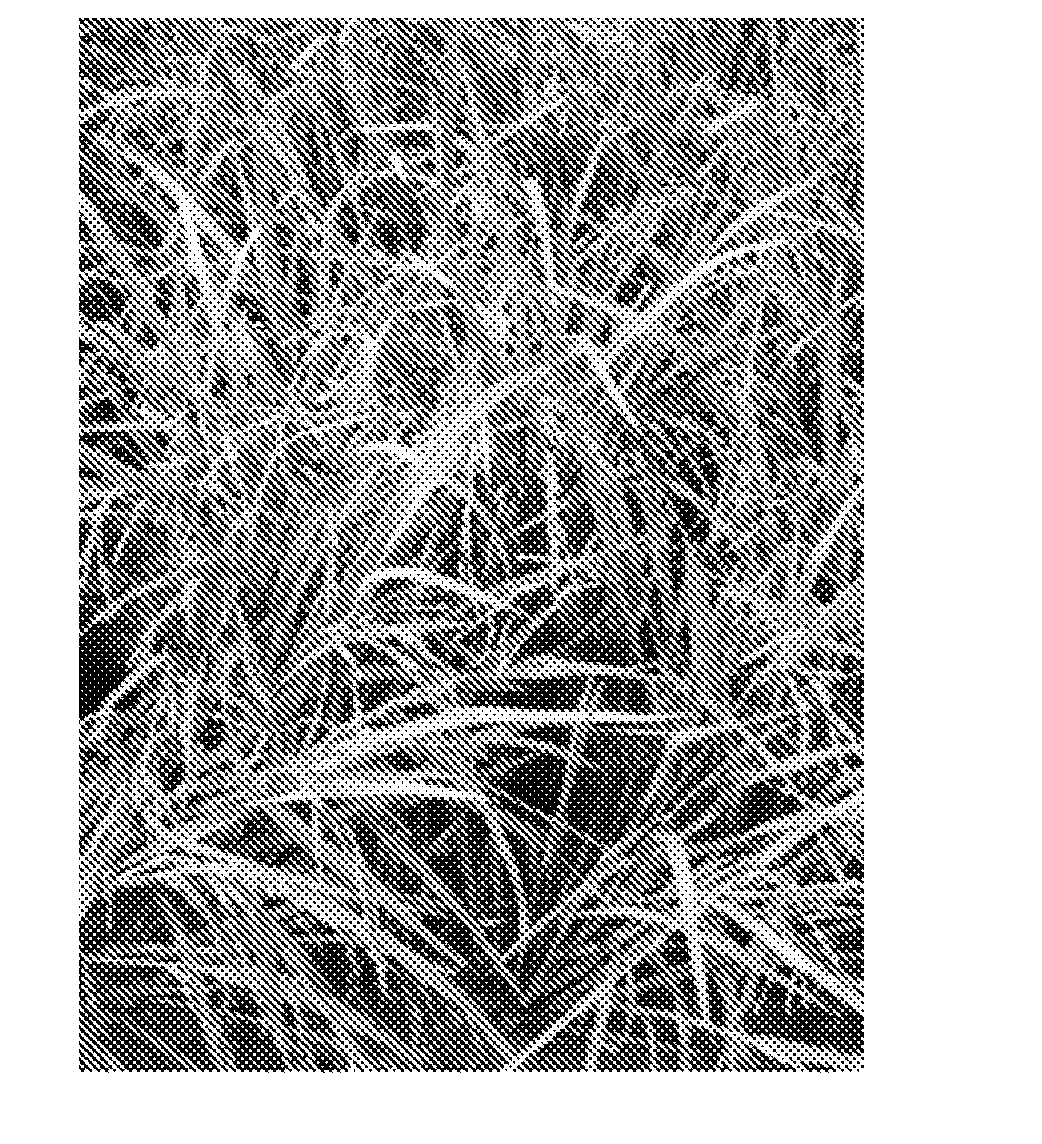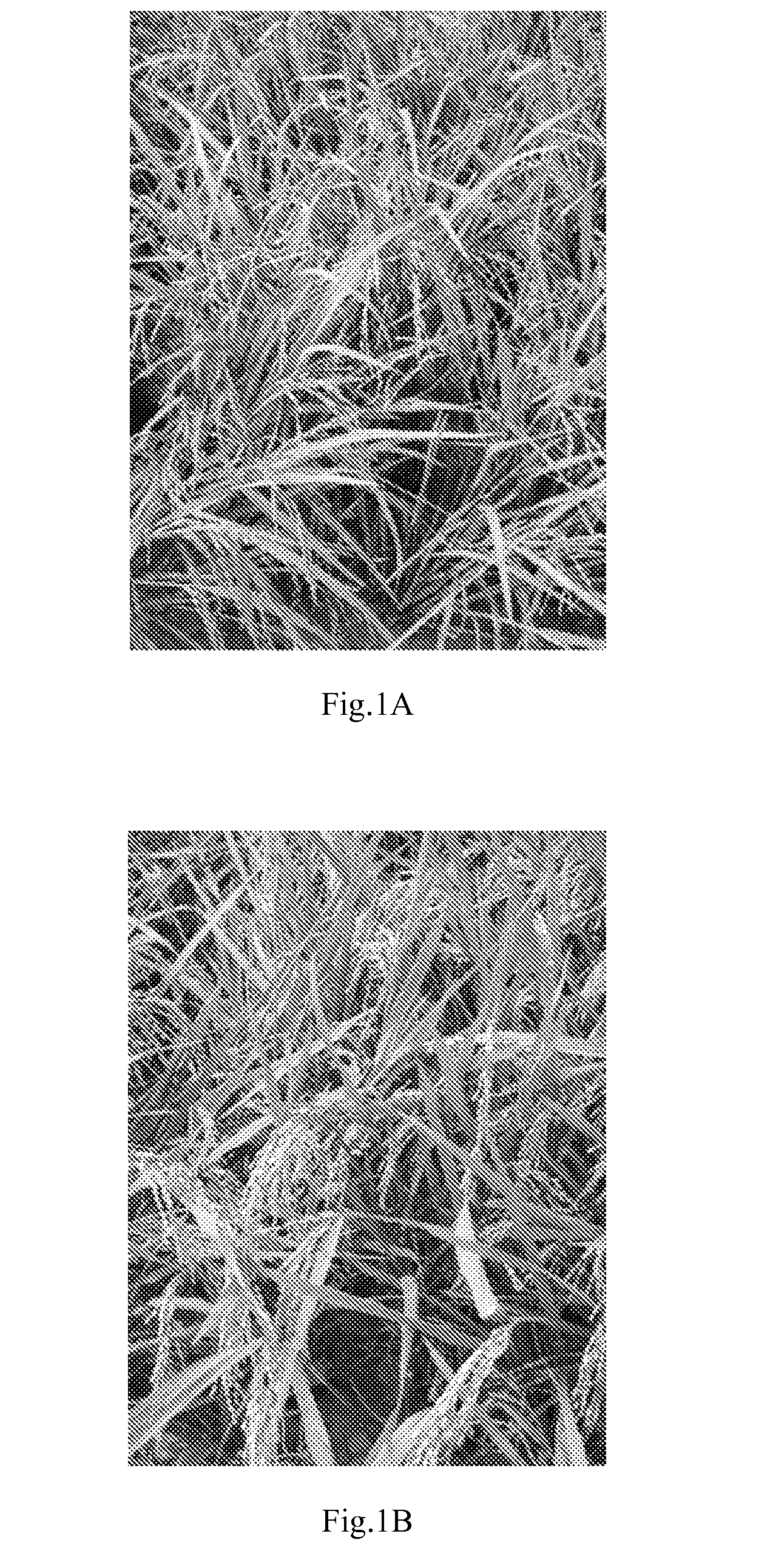Noninvasive method of source-sink regulation in rice
a source-sink regulation and non-invasive technology, applied in the field of rice production, can solve the problems of many problems to be further explored and solved, and the research on the source-sink relationship is unceasingly proceeding, and no great progress has been made in the research on the source-sink theory of ri
- Summary
- Abstract
- Description
- Claims
- Application Information
AI Technical Summary
Benefits of technology
Problems solved by technology
Method used
Image
Examples
example 1
[0022]In the years of 2007-2008, the inventors investigated the source-sink relationship of rice under different water conditions by the traditional methods of leaf-cutting and spikelet-thinning It was found that physical injury and physiological interference on plant inevitably occurred in the practical operation, and there were artificial selection error on deciding the position of leaves or grains for cutting, how to cut and the like, thereby the objective rule of the source-sink relationship is difficult to be reflected in an accurate and true way.
[0023]In order to seek a noninvasive method of the source-sink regulation without leaf cutting or spikelt cutting, the inventors utilized the sterile line and its identical type of maintaining line with only pollen fertility gene differences to construct the rice plant samples which have completely same genotype and gradiently different seed setting rate (sink level), basing on the production theory and technology of basic seeds of thr...
example 2
1. Materials and Methods
[0026]The following example was carried out in Fuyang experimental site of China National Rice Research Institute (CNRRI) in 2011. The soil conditions in the experimental field were as follows: pH 5.76, organic matter 36.7 g / kg, total nitrogen 2.03 g / kg, total phosphorus 1.03 g / kg, total potassium 22.4 g / kg, alkali hydrolyzable nitrogen 155 mg / kg, available phosphorus 7.9 mg / kg, and available potassium 64.8 mg / kg. The sink regulation method of Example 1 was adopted. A group of sterile line and its maintaining line (Zhong 9A / Zhong 9B) were selected as testing materials. A and B were alternately planted (1:1, 2:1 or 4:2 row ratio) in such ways that A and B were subjected to sowing and transplanting at the same time, A was subjected to sowing 3 days or 6 days earlier than B and they were transplanted on the same day, respectively. Treatments were arranged in a split-plot design with nitrogen application or shading treatments as main plots and test materials as s...
PUM
 Login to View More
Login to View More Abstract
Description
Claims
Application Information
 Login to View More
Login to View More - R&D
- Intellectual Property
- Life Sciences
- Materials
- Tech Scout
- Unparalleled Data Quality
- Higher Quality Content
- 60% Fewer Hallucinations
Browse by: Latest US Patents, China's latest patents, Technical Efficacy Thesaurus, Application Domain, Technology Topic, Popular Technical Reports.
© 2025 PatSnap. All rights reserved.Legal|Privacy policy|Modern Slavery Act Transparency Statement|Sitemap|About US| Contact US: help@patsnap.com


